Different Types Of Atrophic Acne Scars And How To Treat Them
With the right treatment, you can get rid of these scars without any worries.
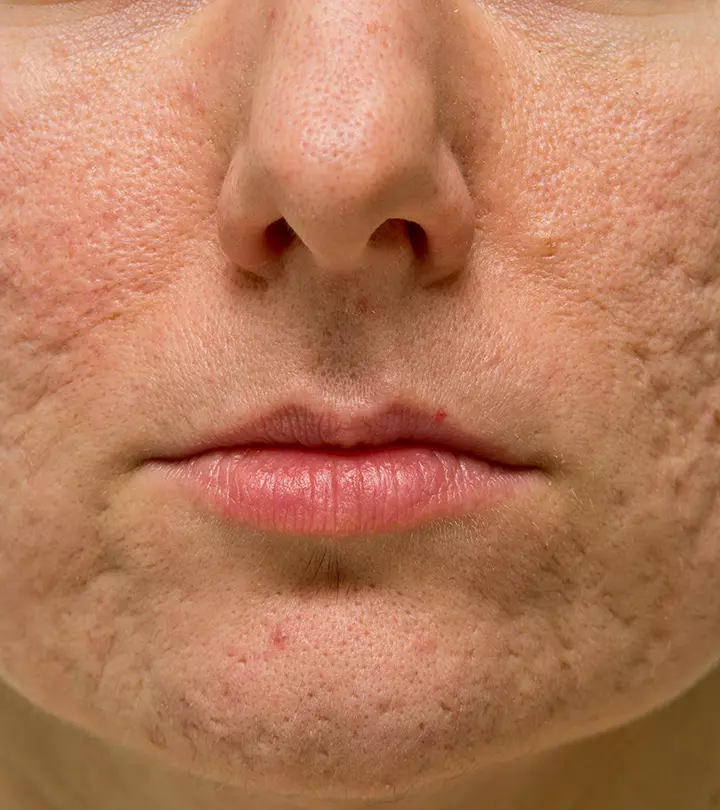
Image: Shutterstock
Atrophic scars are more prevalent than one might think. In fact, research indicates that scarring is a common occurrence in people with acne patients, with an estimated 95% of acne patients experiencing it at some point in time in their lives (1). Atrophic scars are indented scars that occur when the skin tissue cannot regenerate properly. They are caused by the result of severe acne, chicken pox, surgery, infection, or any trauma. The atrophic scars are classified into different types based on the shape and depth of the scar. Though difficult to treat, there are medical treatments like laser therapy, chemical peels, and fillers to help reduce the appearance of these scars. Atopic scar treatment is important as this skin condition can cause major psychological issues, like low self-confidence and social anxiety.
A recent survey conducted on 723 participants found that 19.3% of participants with mild scars reported acne scars as ‘extremely large’ as compared to 20.1% of participants with moderate scars and 34.0% of participants with very severe scars. Furthermore, it was seen that 68% reported feeling self-conscious while 74.8% worried about the scars not going away.
In this article, we will discuss everything you need to learn about the different types of atrophic scars, what they look like, how to treat them at home, and how dermatologists treat them.
Keep reading to learn all about this skin issue and how to deal with it effectively!
In This Article
What Are Atrophic Scars? What Does An Atrophic Scar Look Like?
Atrophic scars resemble a sunken or depressed scar area on the skin and often look pitted, often mistermed as open pores(1)
. These scars occur when you lose skin tissue, particularly collagen. Typically, your body can regenerate the lost skin tissue, but in the case of atrophic scars, it is unable to do so due to the void and volume loss. Hence, you are left with a depression on the skin.
Atrophic scars may be caused due to the following factors (2):
- Inflammatory factors, such as acne, chicken pox, cysts, etc., that cause collagen destruction
- Underlying infections
- Physical trauma, such as injury, burns, surgery, etc.
- Genetic disorders, such as Ehlers-Danlos syndromei A condition characterized by a group of inherited disorders targeting connective tissue groups in the body. , Atrophoderma vermiculatumi A rare skin condition that typically appears in childhood and causes netlike swollen patterns and rashes on the face. .
Moving on, let us look at the different types of atrophic acne scars in detail.
Different Types of Atrophic Acne Scars
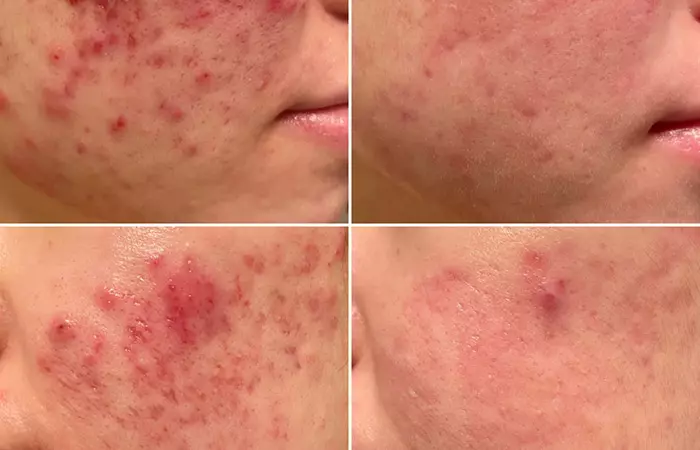
When it comes to atrophic scars, the ice pick-type represents 60%–70% of total scars, the boxcar scars 20%–30%, and rolling scars 15%–25% (3).
Remember that getting rid of atrophic scars depends on the type you have:
1. Boxcar Scars
Boxcar scars are typically round, oval to rectangular, have a steep, well-defined border, and are typically flat at the bottom. There are two ways to get rid of this scar type:
- Subcision Method: This method involves popping the scarred skin back up with a needle. This will ensure that the area is no longer sunken. However, you could experience bruising for a week.
- Ablative Lasers: This treatment type works by inducing holes (fractionating) in the scar tissue to boost collagen formation. Note that this treatment may hurt, and you might experience redness as well as crusting for up to ten days.
- Microneedling Radiofrequency: This method induces collagen and also causes firming of the skin. This has lower downtime than fractional, ablative lasers.
2. Ice Pick Scars
These scars are small, deep, and narrow ((3). They are vertical bands of scar tissue connected to an anchor scar towards the bottom, making it look like an ice pick.
Anecdotal evidence suggests that you can get this type of scar removed with a single stitch. However, note that this procedure will leave a flatter scar in turn. You can also inject the scar with a filler to fill the depression. But, the filler will only last for about 6-12 months. Microneedling Radiofrequency induces collagen and can be used effectively for ice-pick scars. TCA (Trichloroacetic Acid) can also be used as a spot peel to aid scar treatment.
3. Rolling Scars
This scar is broad and crater-like, with rolling edges, and is usually wider than 4 to 5 mm (3). Laser treatment is used to treat it, especially if the scarring is severe.
Before you go for a specific treatment, you must identify the scar type and follow the best practices. Keep reading.
Atrophic Scar Treatment At Home
While at-home treatments are not the gold standard for atrophic scars, some agents can be used to prime the skin and for modest resurfacing. For effective atrophic scar treatment, follow these strategies and start treatment on the right foot:
Step 1: Identify The Atrophic Scars Correctly
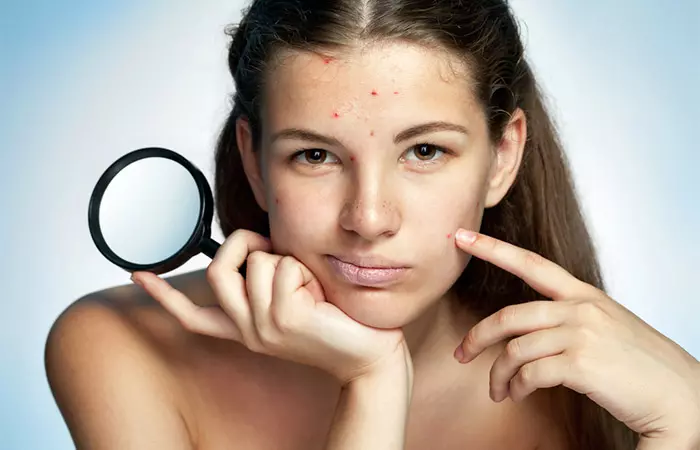
As mentioned earlier, atrophic scars create pits and have a sunken appearance. They cannot be mistaken for keloid scars or hypertrophic scars. These evidently raised scars. Make sure to consult your dermatologist and figure out what kind of scars you have. People usually have a combination of two or three types of scars post-acne.
Once your doctor has examined the type, extent, and severity of your acne scarring, they will provide you with a suitable treatment plan to stimulate the skin and initiate the healing process.
Step 2: Invest In The Right Skin Care Products
Ask your dermatologist what kind of products you should use in your daily skin care routine. If you have atrophic scars, it is important that you use gentle cleansing agents to get rid of bacteria, excess dirt, and oil from your face. The idea is to keep your face clean and free from irritation due to harsh products.
In addition to this, here are some other practical tips you can follow:
- Always choose a moisturizer that is suitable for sensitive skin and free of any artificial dyes or fragrances. Gently massage the moisturizer into the affected area to prevent dry skin.
- Avoid soaps that irritate or dry out your skin. Always layer with a moisturizer afterwards.
- While taking a shower, pat your skin to cleanse it instead of aggressively scrubbing it. This will prevent new acne formation and pigmentation or spots.
Step 3: Go For A Silicone-Based Gel

While there is no research claiming the efficacy of topical treatments on atrophic scars, you can use silicone-based gel products to soften them. These products are especially suitable for use on chicken pox lesions to prevent worsening of scarring. Make sure to consult your dermatologist first.
At the end of the day, treating atrophic scars early on can improve the outcome and lower the intensity of any scarring that occurs subsequently. In the final section, we will look at some effective atrophic treatment options that you can go for.
How Do Dermatologists Treat Atrophic Scars?
The choice of atrophic scar treatment will primarily depend on your scar type. So, speak to your doctor about the recommended treatment options available. Treatments include:
1. Chemical Peels
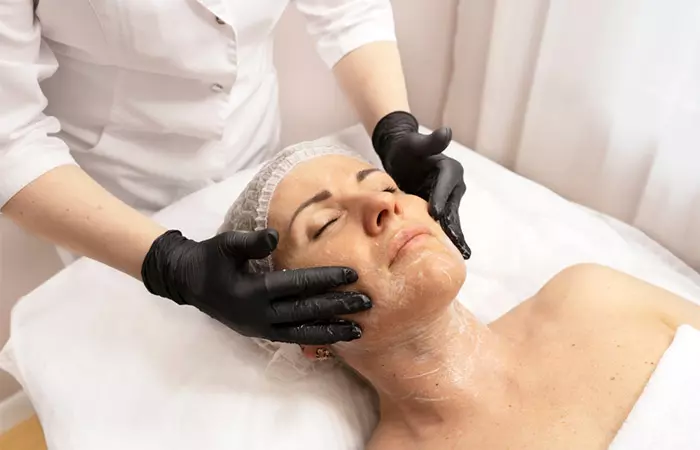
According to research, chemical peels can help reverse skin aging and treat acne scars (3). In this process, a chemical – typically, glycolic acid, pyruvic acid, salicylic acid, or mandelic acid – is applied to the affected area and then removed. The chemical induces peeling, and the upper layer of the skin is removed.
It is particularly useful in treating isolated box scars (as opposed to ice pick and rolling scars), which demonstrate 50-90% improvement (3).
You may experience irritation as a side effect after a chemical peel. Also, ice pick and rolling scars do not disappear completely. These scars require multiple chemical peel treatments combined with topical retinoids and alpha and beta hydroxy acids.
 Did You Know?
Did You Know?2. Dermabrasion
There are two types of dermabrasion procedures that can be used to treat atrophic scars:
Microdermabrasion
It is a less aggressive, more superficial type of dermabrasion. In this technique, the outer layer of the skin is removed to accelerate the natural process of exfoliation. If you have mild atrophic acne scars, this is the right treatment option for you.
Here is how this process works:
- A hand-held device blows aluminum oxide or salt crystals onto your skin. This helps to polish the surface of the skin.
- A vacuum tube is used to remove the crystals, along with the damaged skin cells, from your skin’s surface.
- Thus, the outermost layer of your skin is removed, which often results in new skin formation.
Dermabrasion
This is a more invasive type of treatment that is used if your skin has deep pits and rolling scars due to scarring. This method involves the use of anesthesia as the plane of the procedure is deep, thus making it painful.
Here is how this treatment works:
- he patient is given anesthesia so that the skin can be numbed.
- The surgeon uses an instrument (dermabrader) to remove the top layer of your skin, which causes the skin underneath to heal and create a smoother appearance.
Both the treatment types effectively treat scars and produce significant improvements in skin appearance (3).
3. Laser Therapy
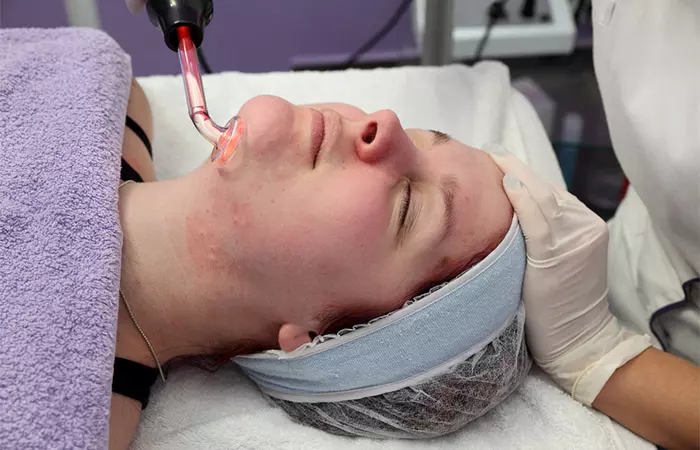
If you have boxcar scars (superficial or deep) or rolling scars, laser treatment may be a good option (3). In laser therapy, a pulse emanates from a laser and helps in resurfacing and remodeling the skin surface.
There are two types of laser therapy treatments that your doctor may recommend:
Non-Ablative Lasers
It is a type of laser treatment for acne scars where the skin tissue is not removed. However, it helps stimulate new collagen formation and causes tightening of the skin, resulting in the atrophic scar being raised to the surface. Some of the most common non-ablative lasers that are used include NdYAG and Diode lasers.
Non-ablative laser treatment does not require a lot of post-operative care, making it a more popular acne scar treatment choice. It also results in fewer side effects, according to anecdotal evidence. It might, however, not be useful for extensive scarring, wherein an ablative laser would be needed.
Ablative Lasers
Ablative lasers remove the damaged scar tissue through melting, evaporation, or vaporization. Typically, a carbon dioxide laser or an Erbium YAG laser are used for the treatment of acne scars. These assist in tightening the collagen fibers beneath the affected area.
Ablative lasers may result in some long-term problems, such as hyperpigmentation, scarring, if not done by licensed professionals.
4. Soft Tissue Fillers
This treatment type is useful for treating rolling atrophic acne scars. Here is a run-through of how the process works:
- Fillers (made of hyaluronic acid) are used to level or raise the indented scars or pits to match the normal layer of your skin.
- The fillers are injected under the scar and provide instant results.
- With time, the soft tissue fillers improve skin volume and decrease the appearance of the scars.
- This needs to be repeated at yearly intervals.
5. Skin Needling
Also known as micro-needling therapy, skin needling involves puncturing the skin to regenerate a healthier layer of collagen. Hence, it is aptly called collagen-induction therapy (3). Here is how this process works:
- The facial skin is disinfected, and a topical anesthetic is applied, which is left on for 60 minutes.
- The doctor uses a sterile roller comprised of a series of fine, sharp needles to puncture the affected area (about 1.5 to 2 mm into the skin). The needles move in a variety of directions, including backward and forward.
- The skin bleeds for a short time but soon stops. It develops multiple micro bruises, thus boosting collagen and elastin fiber production.
Results start to show after about 6 weeks, but the full effect can take at least 3 months to occur. This can also be done by a bottle roller, a stamping device like a pen, and a combination of microneedling and radiofrequency.
Alifiya Lakdawala, a Youtuber, tried the microneedling process to get rid of atrophic acne scars and made the following observation: “After 6 weeks, I would like to say I think my skin has greatly improved when it comes to acne scarring (i).”
6. Punch Excision Treatment
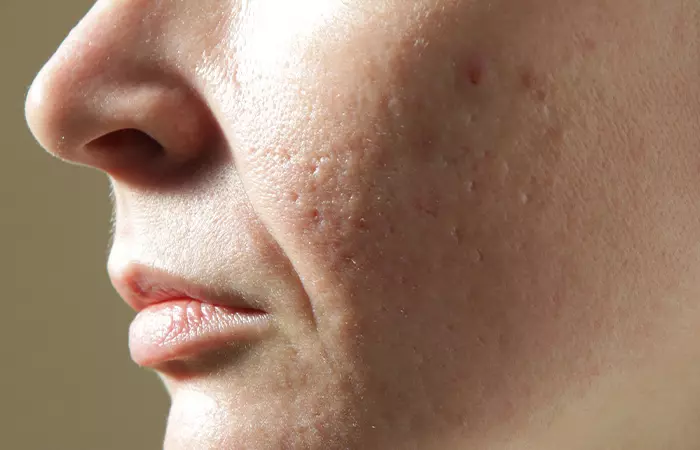
The punch excision treatment is another popular method to reduce the appearance of atrophic acne scars, including boxcar and ice pick scars. Here is how the procedure takes place:
1. A surgical tool (needle) is used on the scar to cut and remove the scar tissue. The doctor then closes the open wound with stitches.
2. In case of more pronounced scarring, a small skin graft is taken from behind the ear to fill the deep wound.
3. A bandage is used to cover the scar, which is left on for 24 hours after the treatment.
The only possible downside of this method is that it may result in marks formed due to stitching or lead to pigmented skin.
 Quick Tip
Quick TipInfographic: 6 Methods To Treat Atrophic Acne Scars
Atrophic acne scars are hard to get rid of, and basic home remedies won’t fade them away. Thankfully, there are many treatments you can try to reduce scarring, from getting fillers to laser treatments, the options are endless. Check out the infographic below to find the top 6 methods that reduce these scars.

Illustration: StyleCraze Design Team
Atrophic scars are sunken scars that develop due to factors such as acne, injury, surgery, or medical conditions. Before you choose an atrophic scars treatment, you should identify whether you have boxcar, ice-pick, or rolling scars. The next step is choosing the right skincare products and topical creams that can prevent these scars from developing. You can opt for medical procedures such as laser therapy, soft tissue fillers, or chemical peels for effective treatment. Consult your dermatologist to understand the benefits and risks of each procedure before you opt for a treatment procedure.
Frequently Asked Questions
Do atrophic scars go away?
Atrophic scars do not go away without any treatment.
Is atrophic scarring permanent?
Atrophic scars are often permanent. Home remedies and medical procedures may help reduce the appearance of these scars. If treated early, you can get rid of them permanently.
Does retinol help atrophic scars?
Yes, topical application of retinol may help improve atrophic scarring and inflammation. It can also help prevent acne scarring (4).
How effective are treatments for atrophic acne scars?
The effectiveness of treatment depends on the severity of scars and the treatments used. Consult your dermatologist and understand the pros and cons of each treatment and the expected time to see the results before opting for one.
Can atrophic acne scars reappear after treatment?
While atrophic scars may not reappear after treatment, new scars can form if acne continues to recur. So, it is important to address the underlying cause of acne and get the appropriate treatment.
Can makeup or cosmetics help conceal atrophic acne scars?
Yes, makeup products like color correctors, concealers, and foundation can help even out the skin tone and conceal acne scars effectively.
Can sun exposure worsen atrophic acne scars?
Yes, sun exposure can worsen acne scars as the sun’s UV rays may cause further damage to the skin, which may lead to hyperpigmentation and increased visibility of scars.
Key Takeaways
- An atrophic scar is an indented scar caused by acne, injury, cyst, trauma, or burns.
- Box scars, ice pick scars, and rolling scars are the common types of atrophic scars.
- Dermatologists treat atrophic scars with chemical peels, dermabrasion procedures, laser therapy, and skin microneedling.
Illustration: Different Types Of Atrophic Acne Scars And How To Treat Them

Image: Stable Diffusion/StyleCraze Design Team
Take a look at the 5 best treatments to get rid of acne scars and flaunt blemish-free skin. Check out the video now to learn about it!
Personal Experience: Source
StyleCraze's articles are interwoven with authentic personal narratives that provide depth and resonance to our content. Below are the sources of the personal accounts referenced in this article.
i. Microneedling for Acne Scarshttps://www.youtube.com/watch?v=r7hM3btN5QY
References
Articles on StyleCraze are backed by verified information from peer-reviewed and academic research papers, reputed organizations, research institutions, and medical associations to ensure accuracy and relevance. Read our editorial policy to learn more.
- Atrophic Acne Scarring
https://www.ncbi.nlm.nih.gov/pmc/articles/PMC4295858/ - Evaluating evidence for atrophic scarring treatment modalities
https://www.researchgate.net/publication/267728486_Evaluating_evidence_for_atrophic_scarring_treatment_modalities - Acne Scars: Pathogenesis Classification and Treatment
https://www.ncbi.nlm.nih.gov/pmc/articles/PMC2958495/ - The Role of Topical Retinoids in Prevention and Treatment of Atrophic Acne Scarring: Understanding the Importance of Early Effective Treatment
https://pubmed.ncbi.nlm.nih.gov/30909329/
Read full bio of Dr. Aseem Sharma
Read full bio of Ramona Sinha
Read full bio of Swathi E





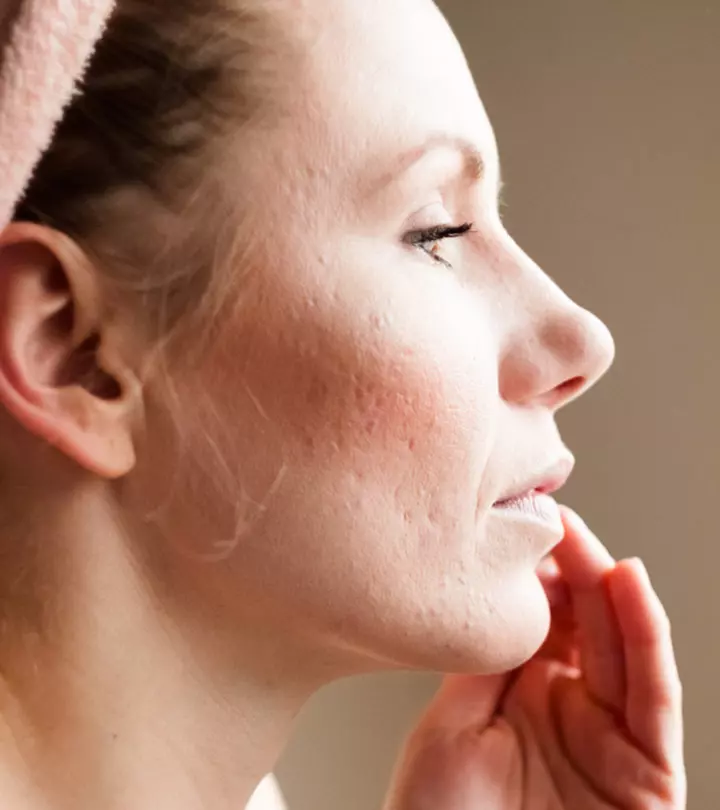

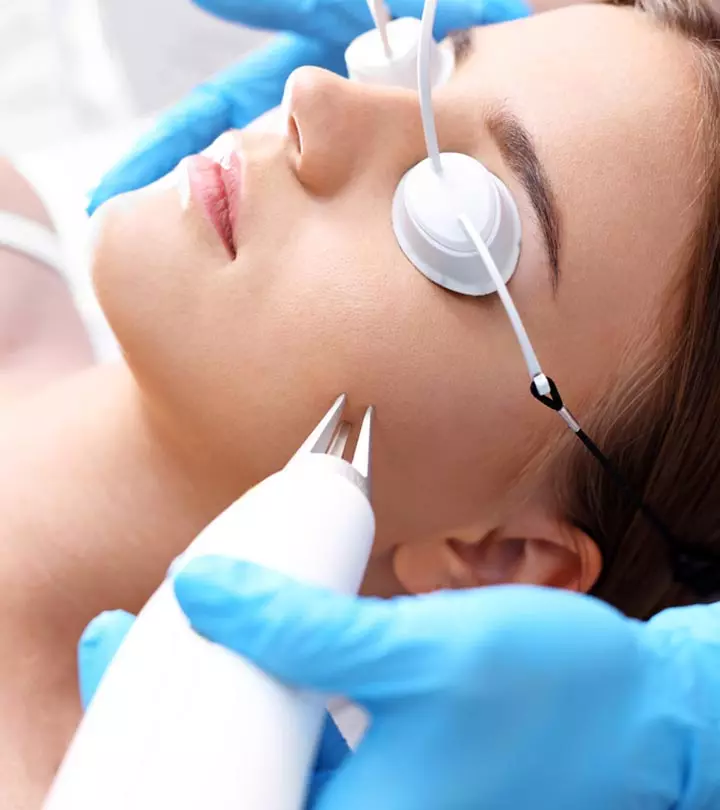
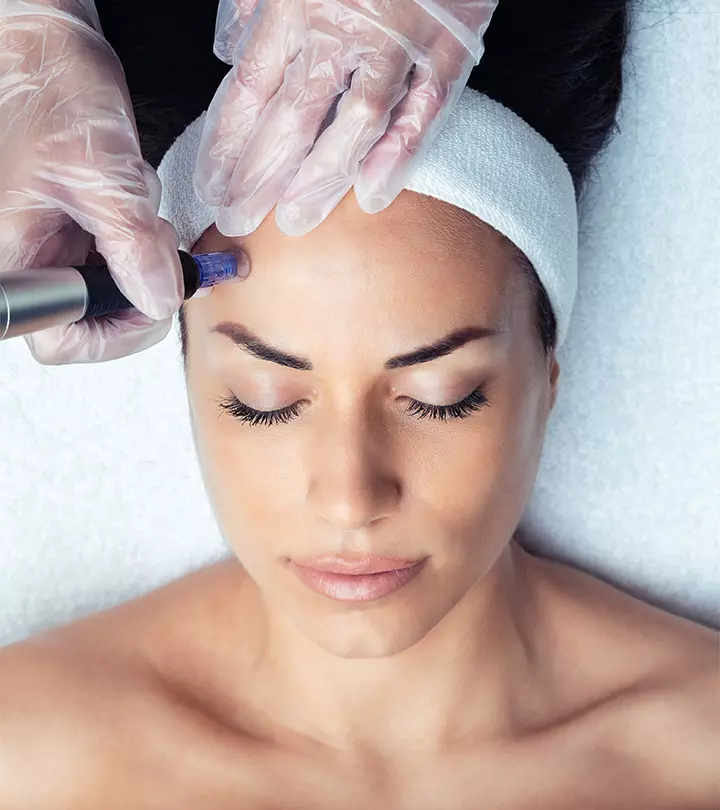
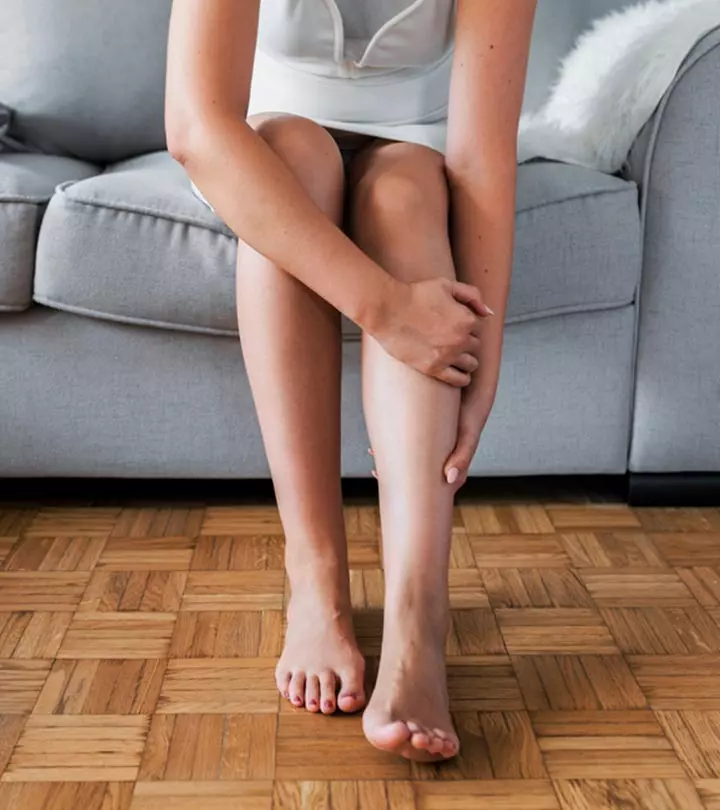

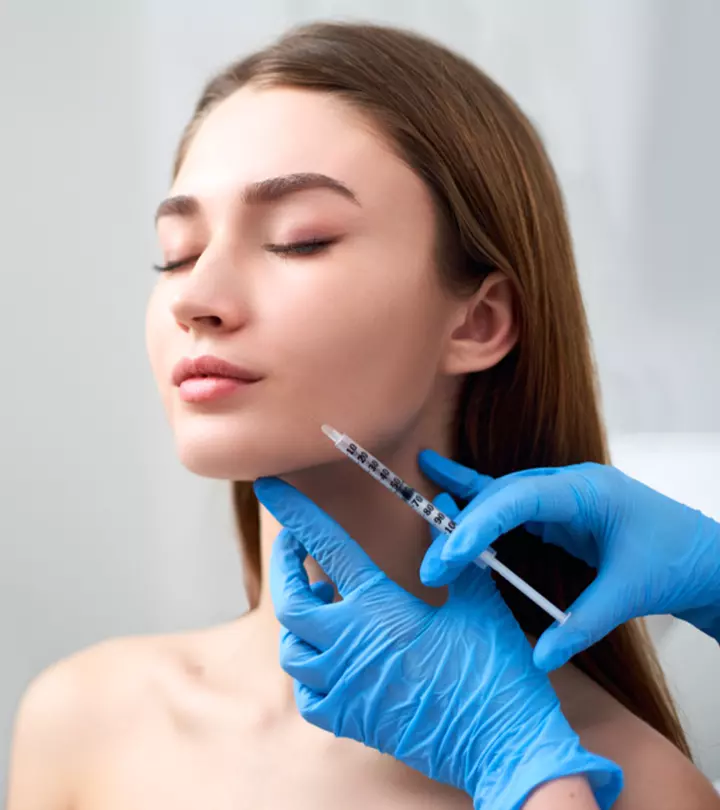
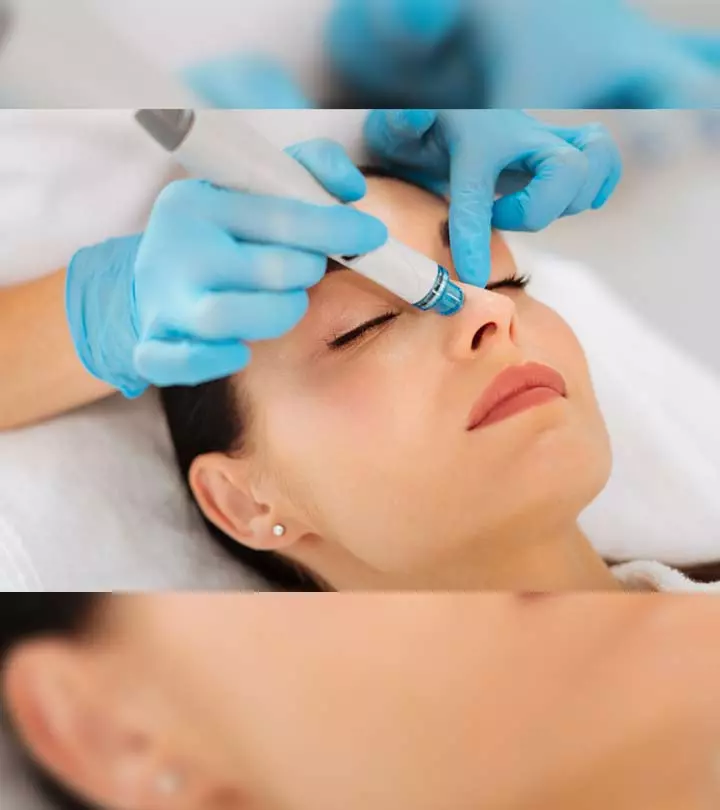

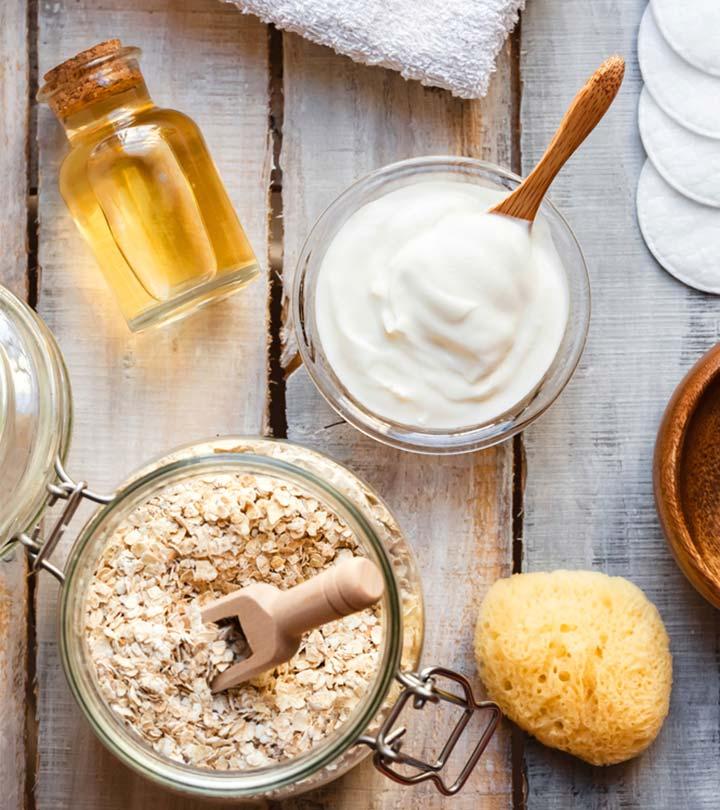
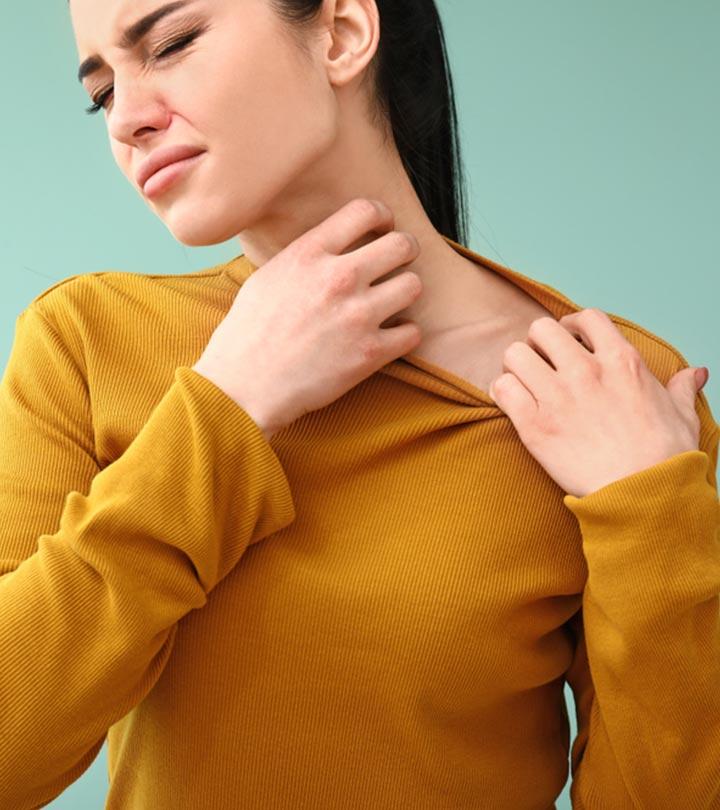


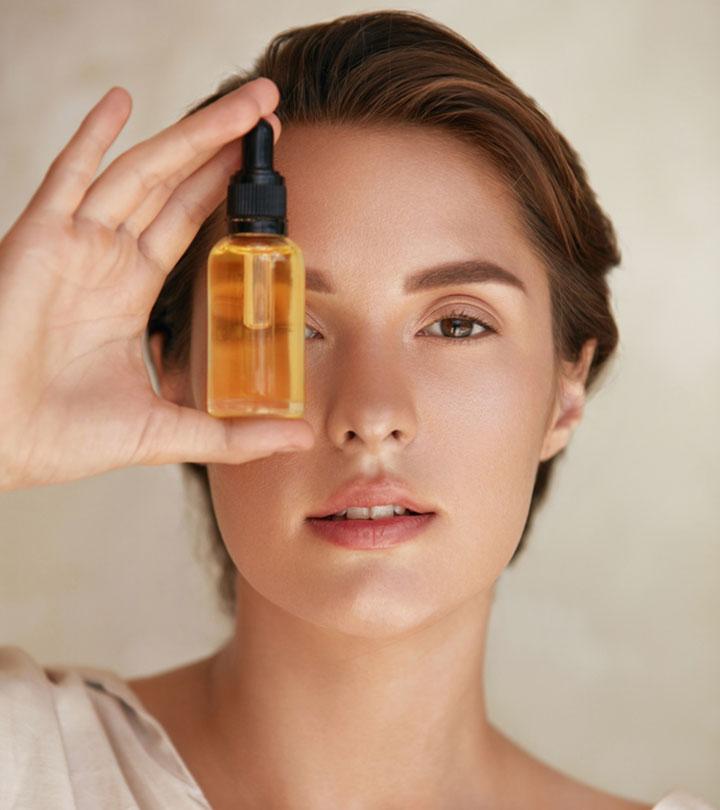
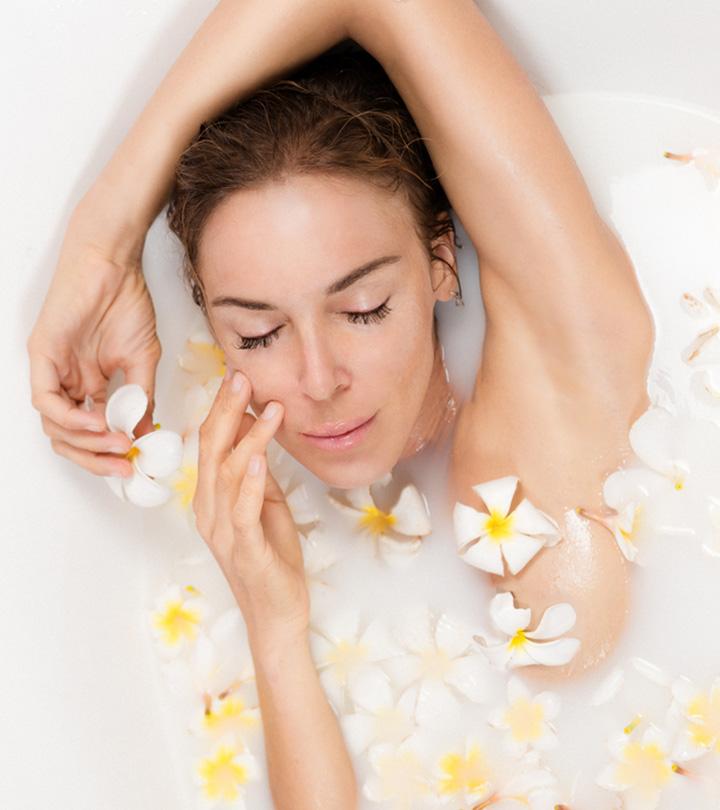
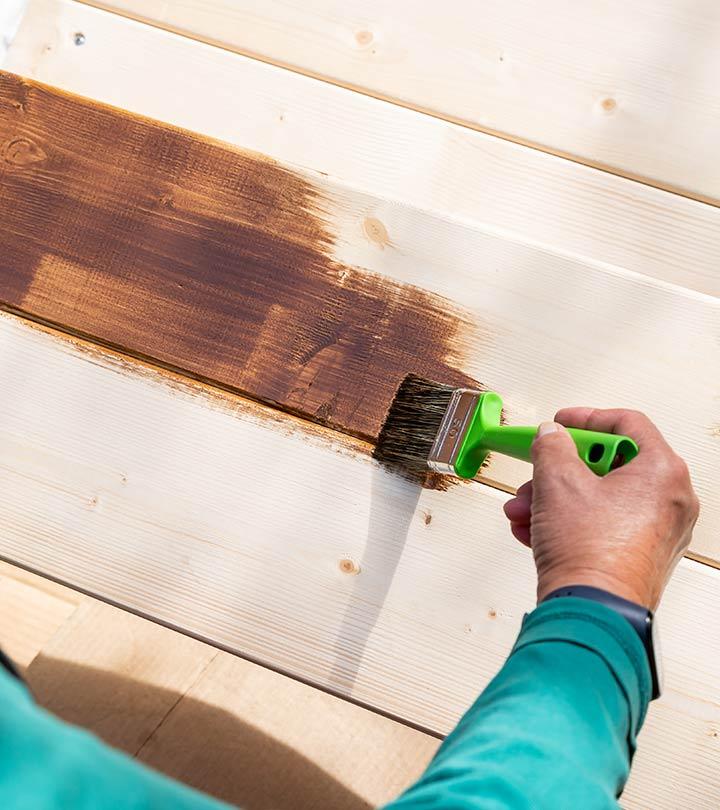


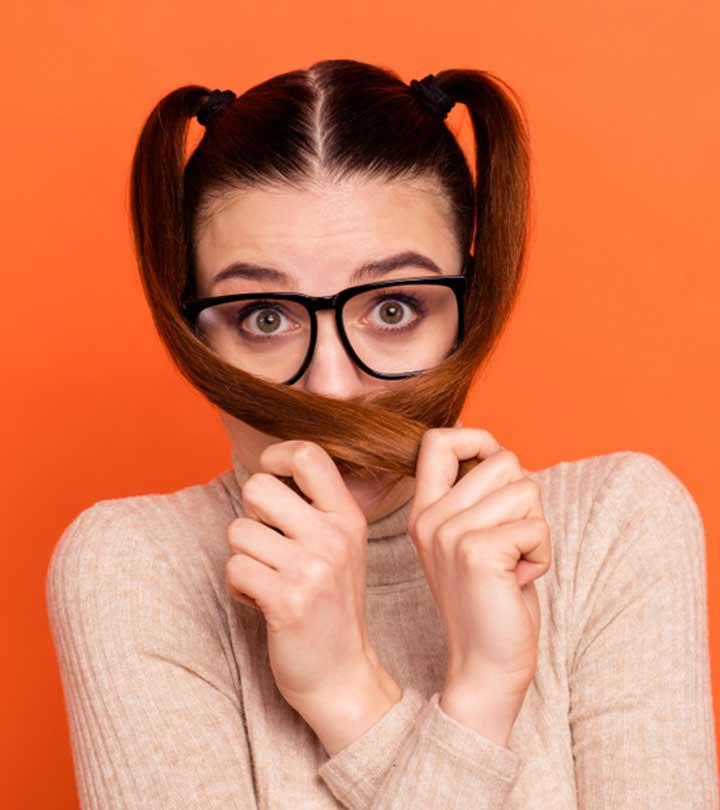

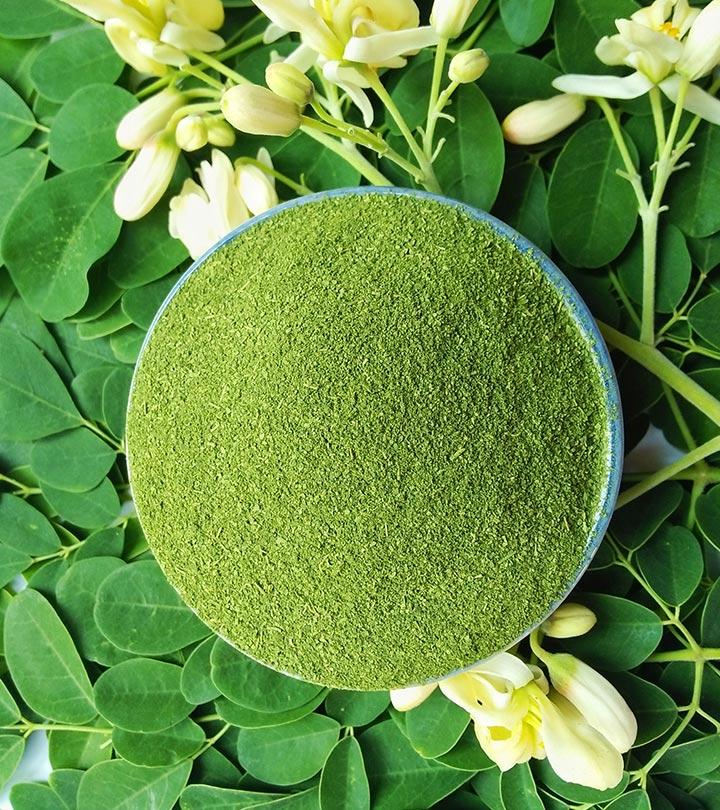
Community Experiences
Join the conversation and become a part of our empowering community! Share your stories, experiences, and insights to connect with other beauty, lifestyle, and health enthusiasts.